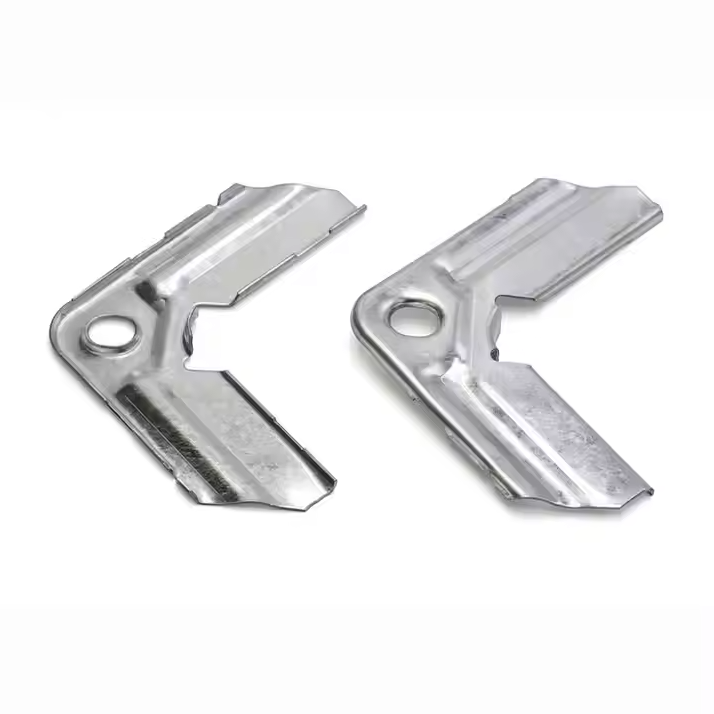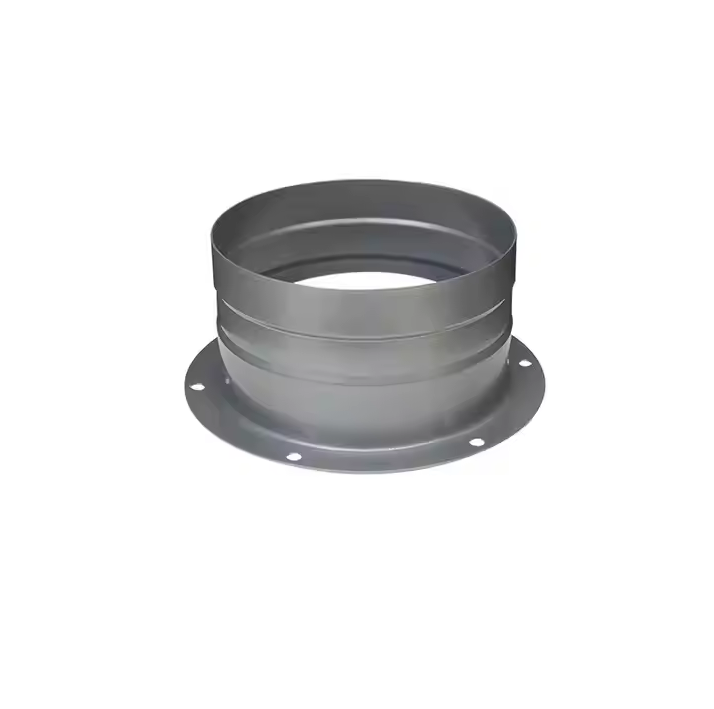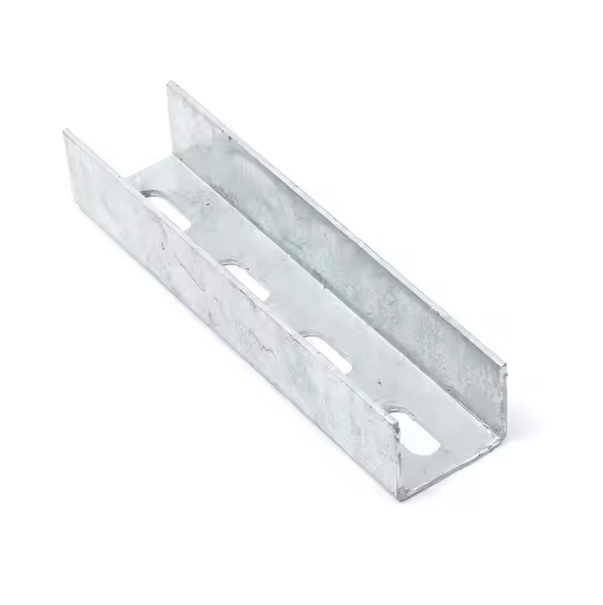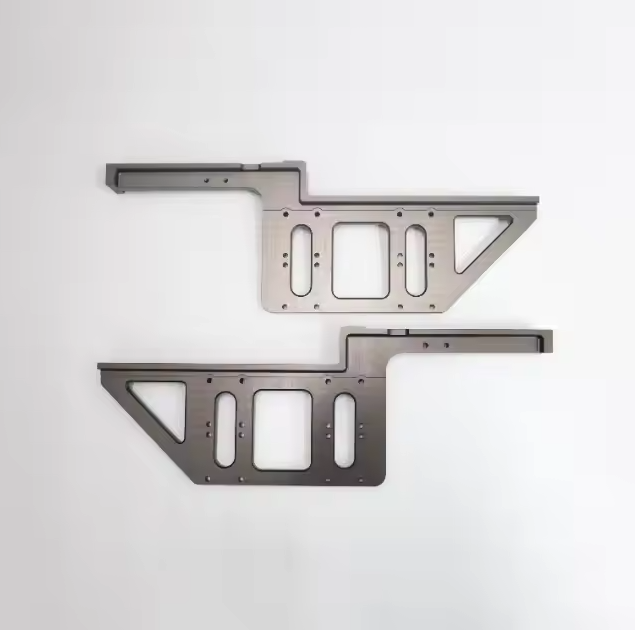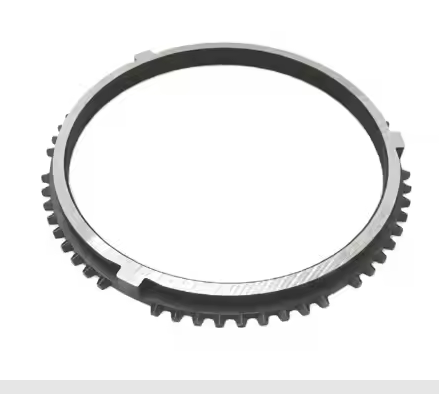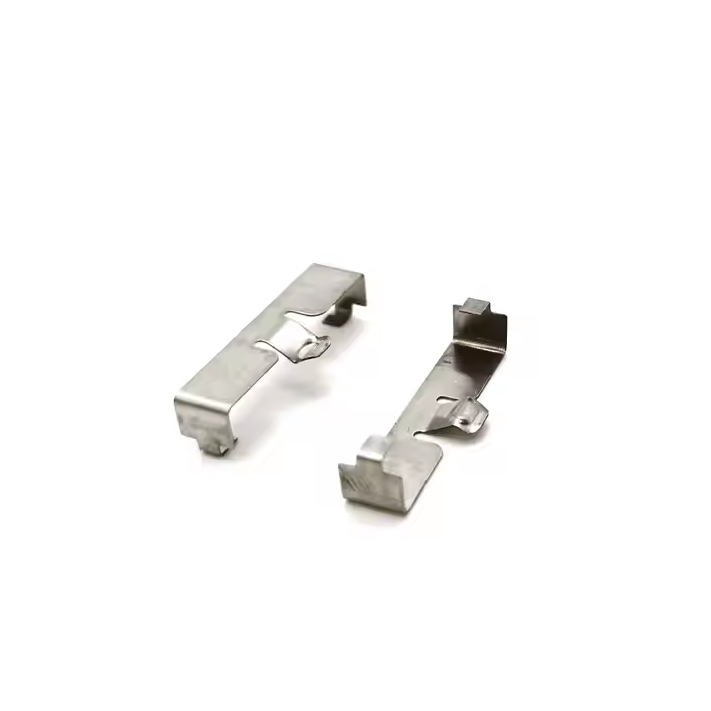Pressure pipe welding, as a core technology to ensure the quality and reliability of pipeline connections, is like a skilled craftsman who connects pipes tightly together to build a solid transmission channel for industrial production. It plays an irreplaceable and important role in many key areas.
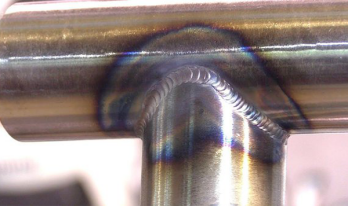
Definition of pressure pipeline welding
Pressure pipeline welding refers to the process of forming a permanent joint by metallurgically bonding the metal atoms at the connection parts of the pressure pipeline such as pipes and pipes, pipes and pipe fittings, etc., using heating, pressurization or both, with or without filler materials.
Advantages and characteristics of pressure pipeline welding
High-strength connection
The joint formed by welding is integrated with the pipe base material, and its strength is usually not lower than that of the base material itself, which can withstand the high pressure and various complex stresses of the medium in the pipe.
Good sealing
Through the welding process, a tight sealing structure can be formed at the pipe connection part to effectively prevent medium leakage. This is especially important for pressure pipelines that transport flammable, explosive, toxic and harmful media.
Economical and efficient
Compared with other connection methods, such as flange connection and threaded connection, welding connection is more economical in large-scale pipeline laying. Welding does not require additional connectors, which reduces material costs; at the same time, the welding process is relatively fast, which can improve construction efficiency and shorten the project cycle.
Compact structure
The welding joint connection method makes the pipeline system structure more compact and occupies less space. This has obvious advantages in some industrial sites with limited space, such as offshore drilling platforms and urban underground pipe galleries, and can reasonably layout the pipeline system in a limited space and improve space utilization.
Processing process of pressure pipeline welding
Pre-welding preparation
Pipe and welding material selection: Select appropriate pipe and welding materials according to the design requirements of the pressure pipeline, the characteristics of the conveying medium and the working environment.
Pipe groove processing: To ensure the quality of welding, the pipeline connection parts need to be grooved.
Cleaning and assembly: Clean the groove and the pipe surface within a certain range nearby to remove impurities such as oil, rust, and moisture to ensure good bonding of the metal during welding.
Welding operation
Manual arc welding: This is a more common welding method. The welder holds the welding rod and melts the welding rod and the pipe base material through the high temperature generated by the arc to form a weld.
Post-weld treatment
Appearance inspection of the weld: After welding is completed, the appearance of the weld is first inspected to observe whether there are defects such as cracks, pores, slag inclusions, undercuts, etc. on the weld surface, and whether the weld excess height, width and other dimensions meet the standard requirements.
Non-destructive testing: To ensure the internal quality of the weld joint, non-destructive testing is required.
Heat treatment: For some pressure pipes with large residual stress after welding or special requirements for mechanical properties, post-weld heat treatment is required. Common heat treatment methods include stress relief annealing, normalizing, tempering, etc.
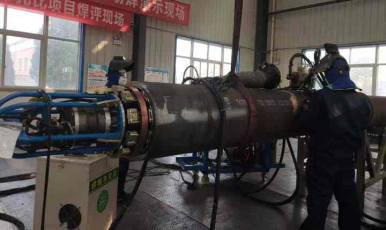
Application fields of pressure pipeline welding
Energy industry
Oil and natural gas transportation: Pressure pipeline welding is widely used in the extraction, transportation and storage of oil and natural gas.
Power industry
In power facilities such as thermal power generation and nuclear power plants, pressure pipelines are used to transport steam, water supply, fuel oil and other media.
Chemical industry
In the chemical production process, various corrosive, flammable and explosive media such as acids, alkalis, organic solvents, petrochemical raw materials, etc. need to be transported.
Manufacturing industry
In machinery manufacturing, automobile manufacturing and other industries, pressure pipelines are used to transport compressed air, hydraulic oil and other media to provide power for production equipment. For example, in the automated production line of an automobile manufacturing plant, the compressed air pipeline connected by welding provides a stable air source for pneumatic equipment to ensure the efficient operation of the production line; the hydraulic system pipelines in the machinery manufacturing workshop ensure the high-pressure delivery of hydraulic oil through welding, and realize the precise control and efficient operation of mechanical equipment.
Construction and municipal engineering
In urban construction, pressure pipeline welding is used in municipal engineering such as heating, water supply, and drainage.
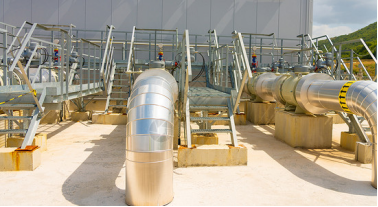
As an indispensable key technology in industrial production, pressure pipeline welding plays a vital role in many fields such as energy, chemical industry, manufacturing, construction and municipal engineering with its advantages of high-strength connection, good sealing and adaptability to a variety of pipe materials. With the continuous advancement of industrial technology and the increasing requirements for safe and efficient pipeline transportation, pressure pipeline welding technology is also continuously innovating and developing.
